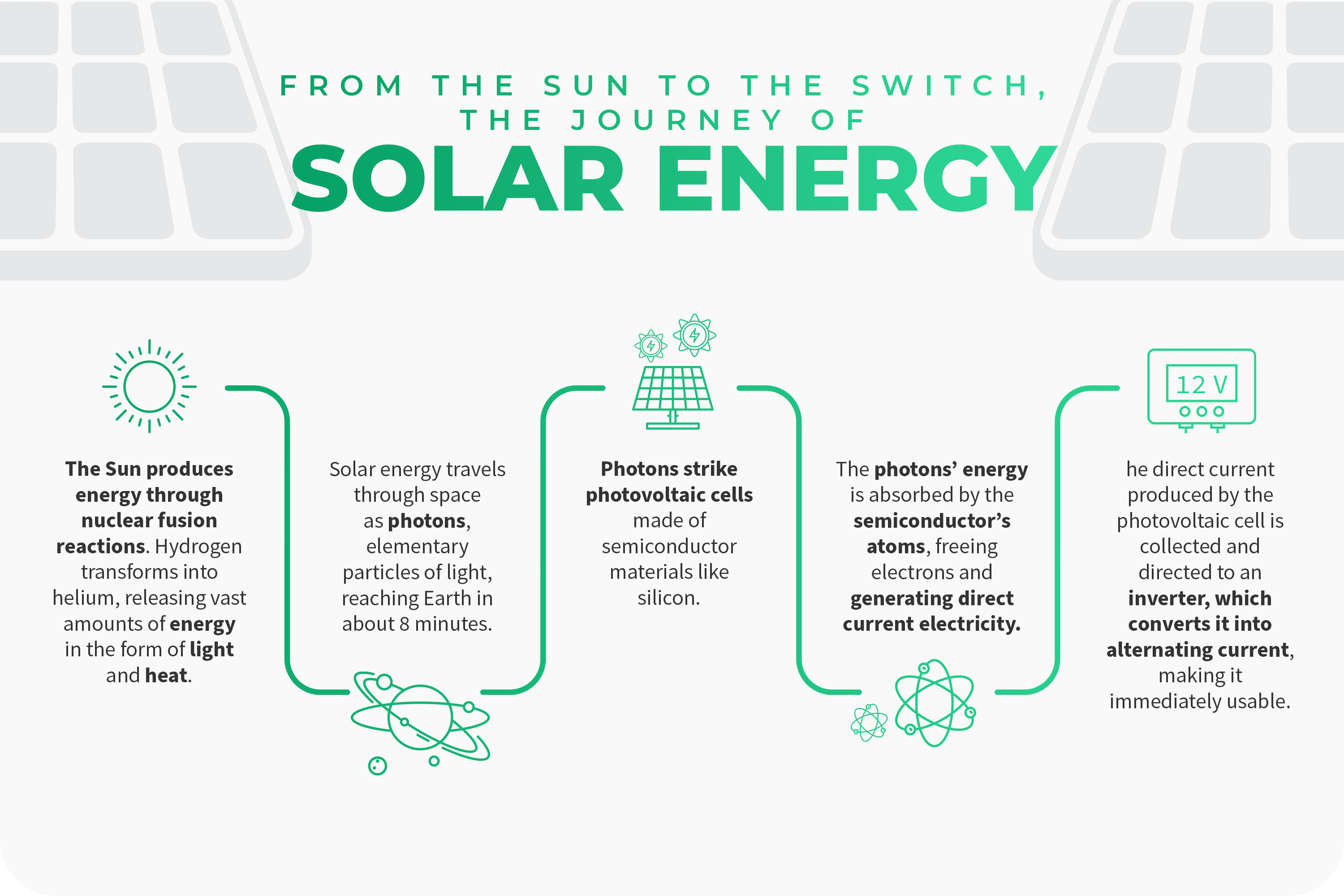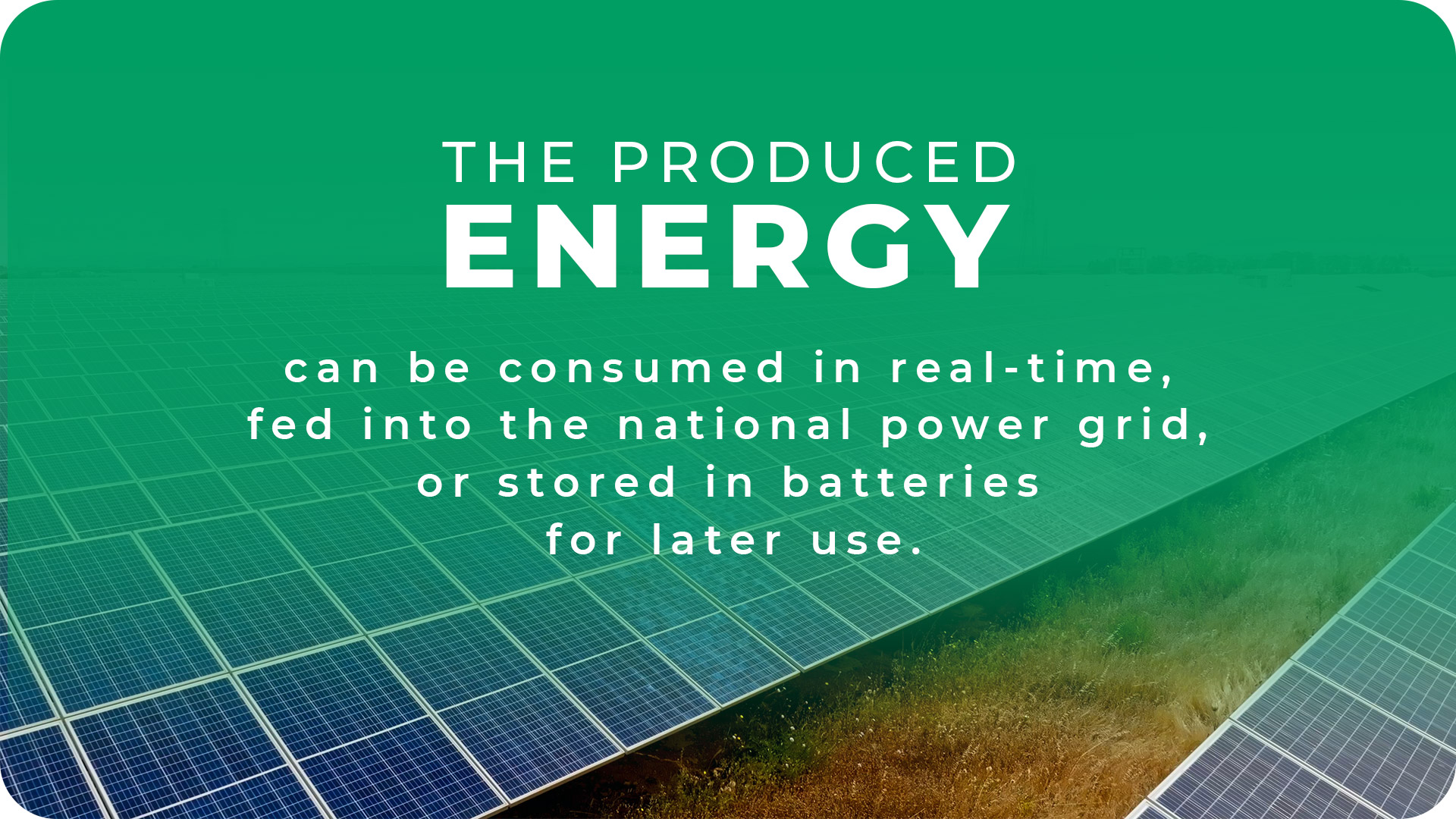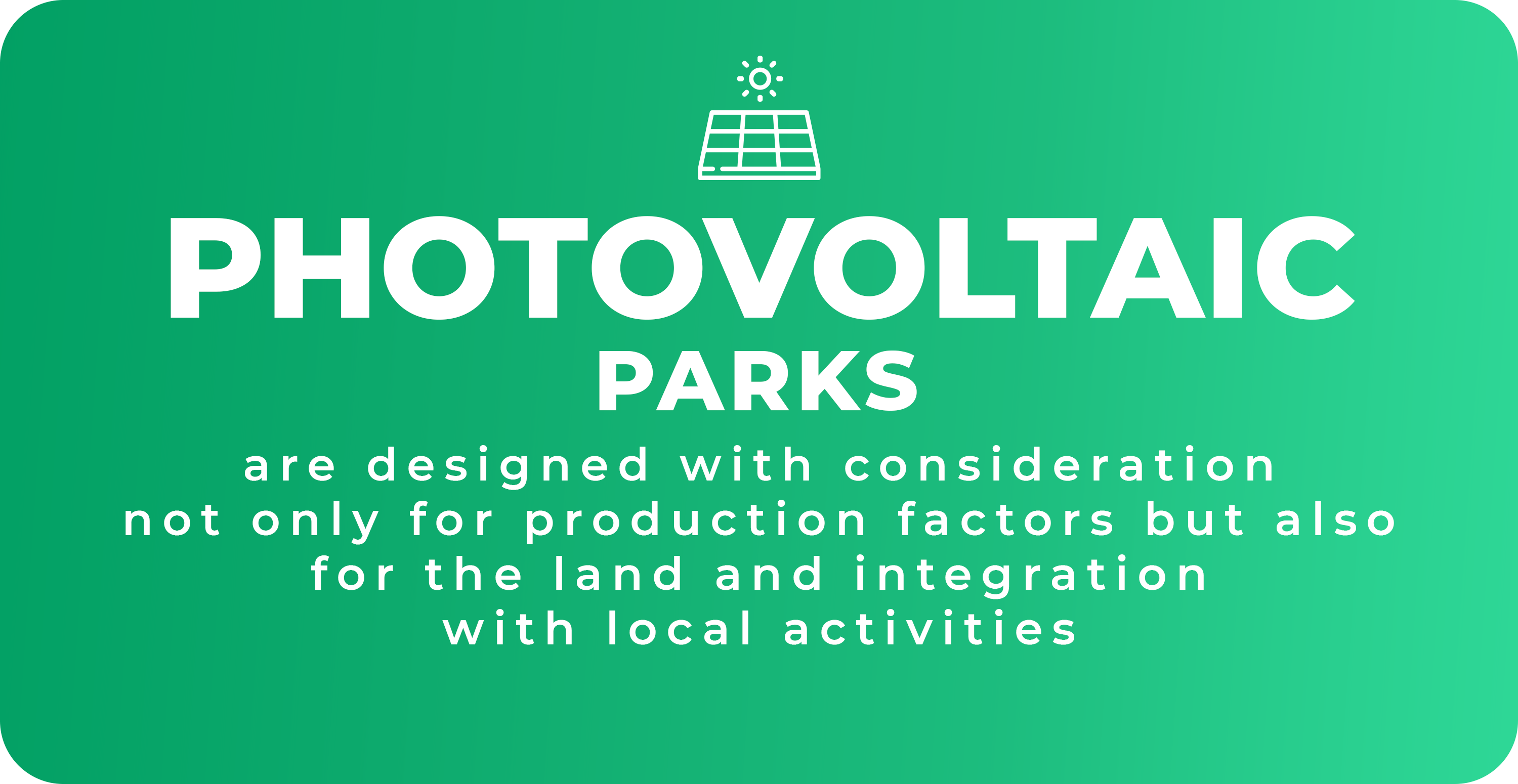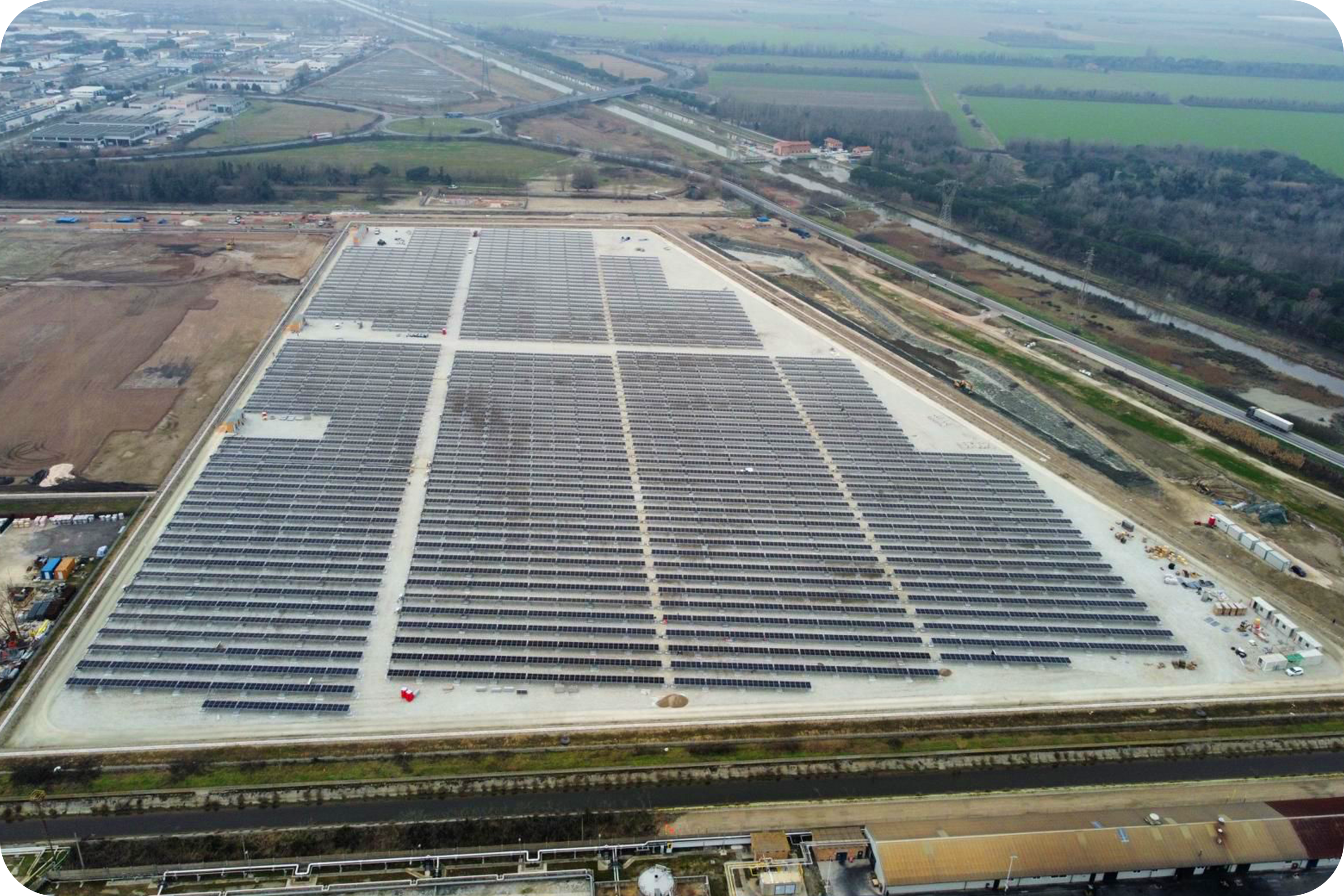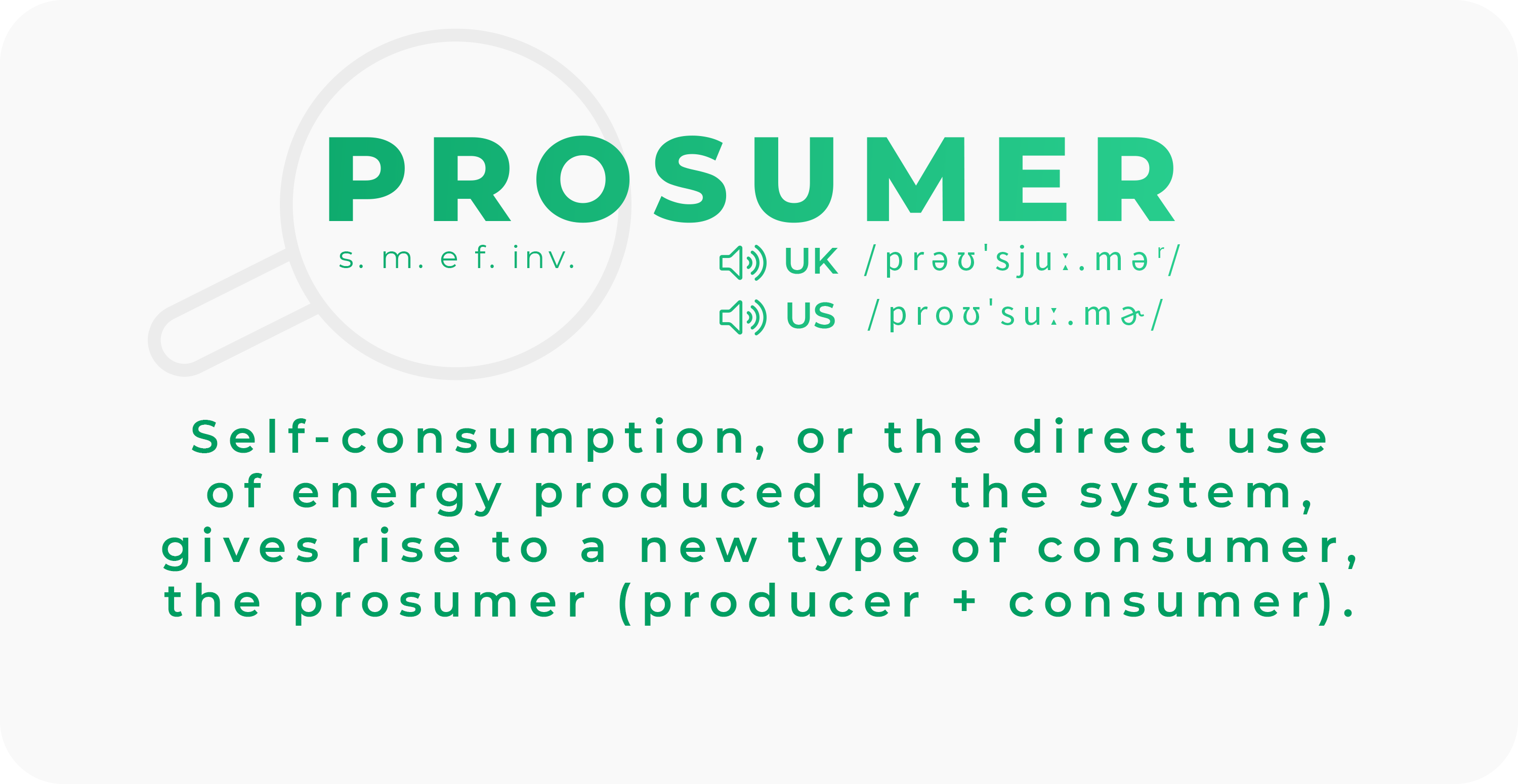Agriculture and solar energy: a winning combination
Agrivoltaics is the term used to describe the installation of solar parks on cultivated land, allowing the two activities to integrate. The panels are mounted high to minimize invasiveness or can be used to create shaded areas beneficial for certain crops. They can also be equipped with sensors to monitor soil and plant conditions, optimizing irrigation and fertilization. In Villarino De Los Aires, in the province of Salamanca, Plenitude has started the construction of a photovoltaic plant with a future installed capacity of 220 MW. Covering an area of approximately 286 hectares, it will be one of the largest in the Castilla y León region.


